Review of Odd and the Frost Giants, by Neil Gaiman
by Neil Gaiman
with illustrations by Brett Helquist
Harper, 2009. 117 pages.
Starred Review.
Sonderbooks Stand-out 2010: #4 Children’s Fantasy and Science Fiction
Odd and the Frost Giants would be a delightful choice to read aloud to children who are just ready to listen to chapter books. The book is a short original fairy tale, upbeat and filled with drama and humor, telling how a boy who is outcast and lame rescues Odin, Thor, and Loki, and saves his village from endless winter.
Odd had a lucky name, meaning the tip of a blade, but he wasn’t a very lucky boy. His father died when he was ten, and soon after Odd had an accident that lamed him. Then his mother married a man who didn’t like Odd, and that year winter lingered and lingered.
When Odd finally gets upset, he steals a side of salmon and flees with a limp through the snow back to his father’s old cabin. There his adventures begin when a fox scratches on the door and beckons Odd to follow. The fox brings him to a huge bear trapped in a pine tree, with an eagle circling overhead.
Odd rescues the bear and takes the three to his cabin, thinking himself crazy. But that night he wakes when he hears the three arguing. I like the scene when he confronts them:
“We weren’t arguing,” said the bear. “Because we can’t talk.” Then it said, “Oops.”
The fox and the eagle glared at the bear, who put a paw over its eyes and looked ashamed of itself.
Odd sighed. “Which one of you wants to explain what’s going on?” he said.
“Nothing’s going on,” said the fox brightly. “Just a few talking animals. Nothing to worry about. Happens every day. We’ll be out of your hair first thing in the morning.”
The eagle fixed Odd with its one good eye. Then it turned to the fox. “Tell!”
The fox shifted uncomfortably. “Why me?”
“Oh,” said the bear, “I don’t know. Possibly because it’s all your fault?”
It turns out that the three are Thor, Odin, and Loki, cast out of their city of Asgard and turned into beasts by the brother of the Frost Giant who built an impregnable wall around the city. Only Odd, with his cleverness and irritating cheerfulness, is able to save the day.
A thoroughly fun and entertaining story that the whole family will enjoy.
Find this review on Sonderbooks at: www.sonderbooks.com/Childrens_Fiction/odd_and_the_frost_giants.html
Disclosure: I am an Amazon Affiliate, and will earn a small percentage if you order a book on Amazon after clicking through from my site.

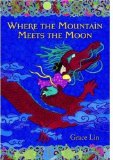 Where the Mountain Meets the Moon
Where the Mountain Meets the Moon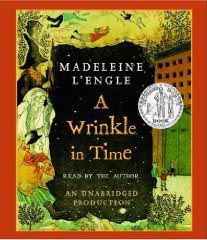 A Wrinkle in Time
A Wrinkle in Time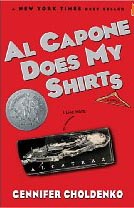 Al Capone Does My Shirts,
Al Capone Does My Shirts,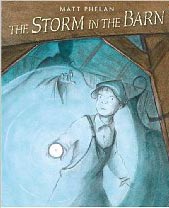 The Storm in the Barn
The Storm in the Barn Shiloh
Shiloh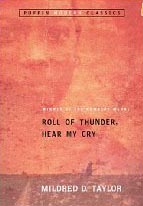 Roll of Thunder, Hear My Cry
Roll of Thunder, Hear My Cry 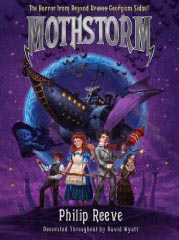 Mothstorm
Mothstorm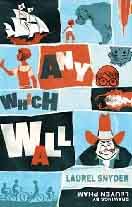 Any Which Wall
Any Which Wall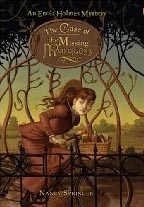 The Case of the Missing Marquess
The Case of the Missing Marquess